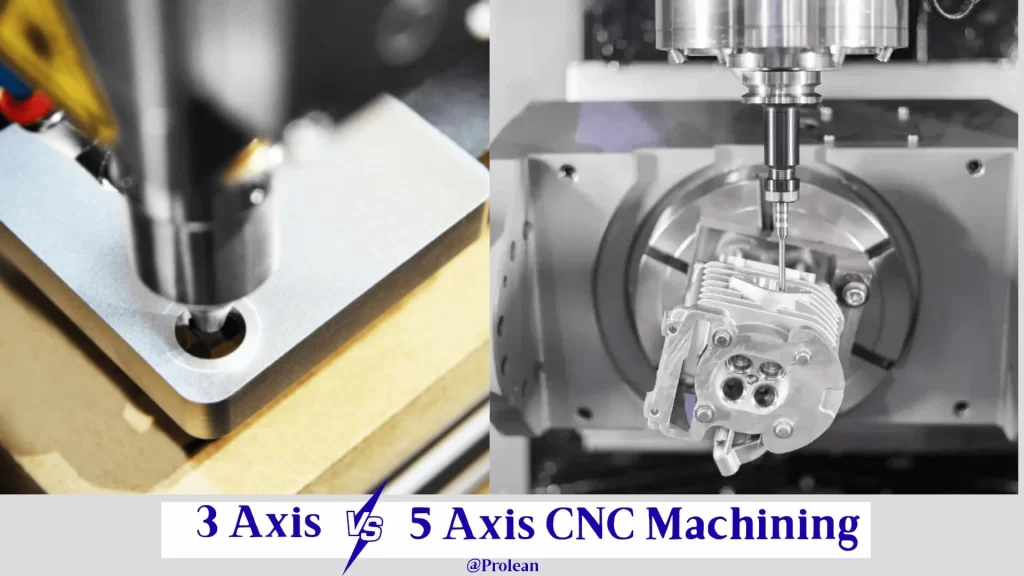
3 vs 5 axis CNC machining
CNC machining is an advanced subtractive manufacturing technology that produces intricate components using Computer-controlled CNC equipment. CNC machines come in different axes capabilities; 3-axis and 5-axis machines are the most common in the manufacturing industry. The number of axes refers to how many axes the cutting tool can move and perform the machining.
The differences can be seen in their operation, precision, production speed, and the complexity of design they can handle. Therefore, selecting the right type of machine to meet your production requirements requires a comparative understanding of 3-axis vs. 5-axis CNC.
| Aspect | 3-Axis CNC | 5-Axis CNC |
| Axes Movement | Linear (X, Y, Z) only | Linear (X, Y, Z) + Rotational (A, B) |
| Machine Setup | Simple, less time-consuming, medium-skill operation | Complex, requires advanced CAM and skilled operators |
| Shapes & Features | Fat surfaces, holes, threads, simple 3D parts | Freeform surfaces, undercuts, deep cavities, complex 3D contours |
| Precision | Tolerance ~±0.125 mm | High precision ~±0.0125 mm |
| Surface Finish | Rougher surface (Ra 0.8–3.2 µm) | Smooth and fine finish (Ra 0.4–1.8 µm) |
| Production Speed | Fast for simple parts, slower for multi-face machining | Continuous machining boosts speed and efficiency |
| Cost | ~$50,000; lower hourly rate | ~$100,000+; higher hourly/tooling cost |
| Applications | Automotive parts, brackets, flat milling, general machining | Turbine blades, molds, implants, aerospace components |
What is a 3-Axis CNC Machine?
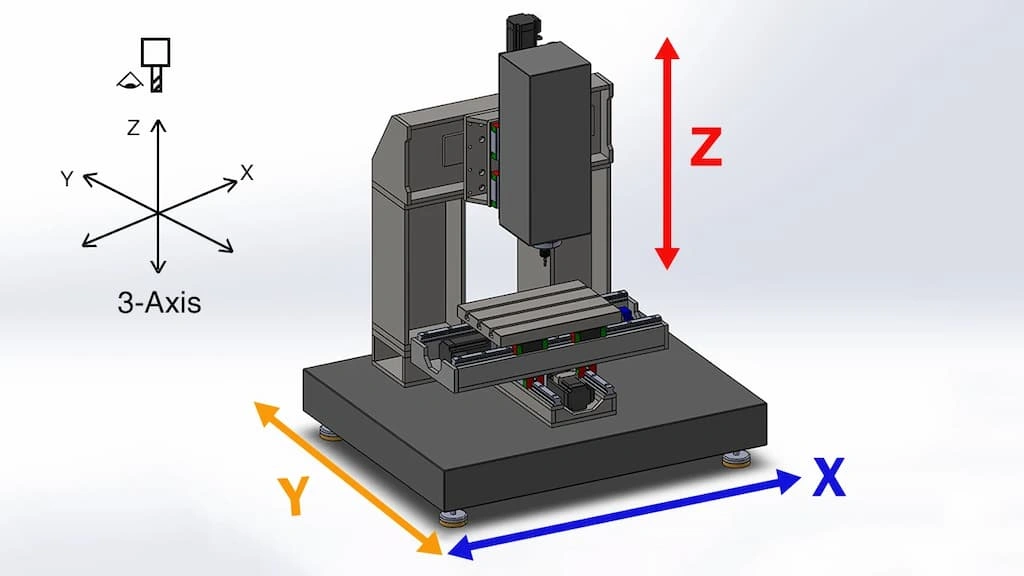
3-axis CNC Mill
A 3-axis machine is defined by its working, where the tool (or workpiece) can move around three different axes, X, Y, and Z. Each axis represents one linear direction; the X-axis means left and right, the Y-axis means forward & backwards, and the Z-axis means up and down.
It is suitable to craft 2D features and simple 3D shapes. The setup and operation are simpler than 4 or 5-axis machines. Furthermore, there are distinct variations of 3-axis machines, such as CNC mills, lathes, and 3-axis machining centers. You can read the differences between CNC lathe vs. Turning center and Milling Machine Vs. Lathe here.
You can perform cutting, drilling, slotting, facing, threading, and other standard machining operations in 3-axis CNC. The limitation is that you need to reconfigure the setup to machine another plane of the workpiece. However, you can still create complex geometries at certain levels.
3-Axis Machining Advantages
- Simple Setup: The machine setup, tool clamping, and tool path programming for 3-axis CNC are simple and less time-consuming.
- Low Cost: 3-axis CNC machines cost around $50,000, and the per/hour machining cost is lower than 4 or 5-axis machining centres.
- Faster for Simple Parts: The production speed is fast for machining simple 3D shapes.
- Easy to Operate: Operators with medium skill levels can operate the 3-axis CNC machining processes.
3-Axis Machining Disadvantages
- Limited Complex Shapes: Machining all planes of the workpiece requires re-clamping, and you can not create undercuts and complex contours.
- Lower Precision: The general tolerance of 3-axis CNC is down to ±0.125 mm, which is not enough for precision-sensitive applications.
- Production Speed: The slower cycle time reduces the production speed and is not suitable for large volumes.
- Single-Plane Machining: The tool reach is limited to a single plane in 3-axis CNC. You need to re-clamp the work and reposition to tool for multi-side machining.
What is a 5-Axis CNC Machine?
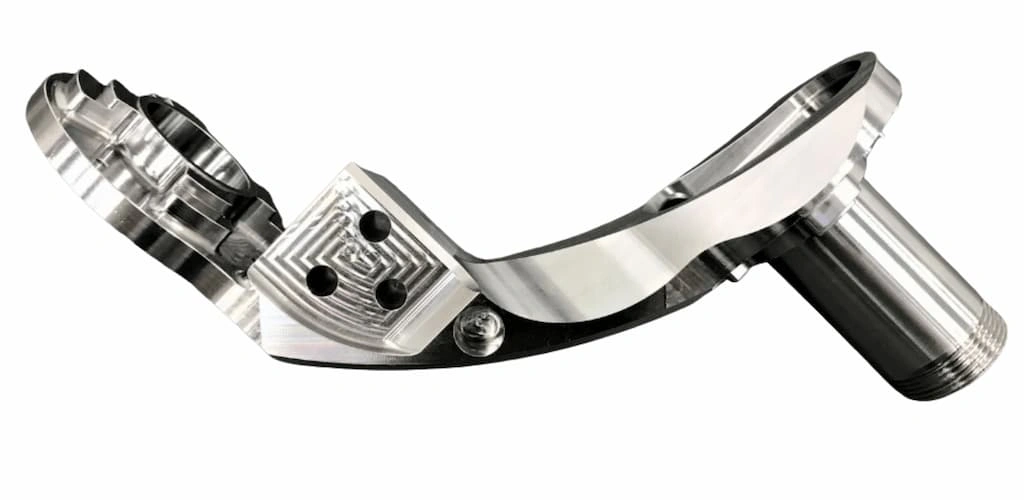
5 axis CNC machining
A 5-axis CNC machine can move the workpiece or cutting tool along five different axes: three linear axes and two rotational axes, X, Y, Z, A, and B. The X, Y, and Z refer to the same left-right, front-back, and upward-downward directions.
Consequently, A is the rotational axis around X, and B is the rotational axis around Y or Z. It means you can rotate and tilt the workpiece for multi-sided machining without changing the setup.
If we compare 3-vs 4 vs 5-CNC Machining, it is obvious that the additional axes improve the capabilities, and 5-axes give far better tool access to hard-to-reach areas. The continuous machining allows for the production of complex shapes and contours. So, you can make intricate items with tight precision and smooth finishing.
You can perform specialized machining operations with 5-axis machining center, mill, and lathe. E.g., contour milling, undercut machining, profile contouring, sculpted machining, and helical milling.
If you are interested in machining operations, read Milling vs Drilling and EDM vs Milling here.
5-Axis Machining Advantages
- Complex 3D Shapes: 5-axis machining allows for continuous machining of the multiple sides of the work. It can craft irregular contours, undercuts, angled features, etc.
- High Production Speed: The simultaneous machining along five axes produces final parts quicker than 3 or 4-axis machines.
- Efficiency: Due to the elimination of multiple tool changes and job setups, 5-axis machining reduces downtime and improves production efficiency.
- Precision & Accuracy: The uniform engagement of the cutting tool creates precise parts. Meanwhile, you can achieve tolerance down to ±0. o125 mm, or even lower than this.
- Surface Finish: The continuous tool orientation control and reduced repositions produced a fine and smooth as-machined surface.
5-Axis Machining Disadvantages
- Higher Initial Costs: An industry-standard 5-axis CNC machine costs above $100000, making it expensive to install, and/per-hour machining cost is also expensive.
- Complex Setup and Tool Path: The machine setup, operation, and tool path optimization are complex and require a high level of expertise.
- Higher Tooling Cost: Often, it requires shorter & rigid cutting tools, which are expensive than regular tooling options.
Try Prolean Now!
Differences Between 3-Axis and 5-Axis CNC Machining
In the above discussion, we understand the concept, pros, and cons of both 3-axis and 5-axis machines. Now, let’s make a head-to-head comparison on the basis of their capabilities, finish quality, cost, cycle time, and customization.
Axes Movement
3-axis CNC machines are limited to linear axes movement and can move along left-right, back-front, and top-down directions. This makes it challenging to machine hard-to-reach areas of complex designs. On the other hand, 5-axis machining allows for two rotational axes and gives more control over complex features.
Set up Complexity and Programming
In 3-axis machining, fixtures and workholding are less complex, and CNC programming is also relatively simple. On the other hand, 5-axis CNC machining requires a more complex setup. Additionally, CNC programming is also complex due to the complicated tool path and consideration of tool tilt and rotation. You need advanced CAM software for this.
Complex Shapes

5-axis CNC-machined part
The higher axes capability allows to creation of complex parts by specialized machining operations like contouring and deep cutting. 3-axis CNC is used for flat surfaces, blind & through holes, threads, simple 3D shapes, engraved surfaces, chamfers, fillets, etc.
In contrast, 5-axis machines have wider capabilities, including freeform & curved surfaces, complex 3D contours, undercuts, deep cavities, and angled surfaces.
Production Speed and Efficiency
If you are making simple parts in small to medium volumes, 3-axis can still match the production speed of 5-axis. Otherwise, it is a slower production cycle. The continuous machining without changing the tool setup and positioning in 5-axis machines boosts the production speed and efficiency.
Cost
The typical costs for 3-axis and 5-axis machines are $50000 and $100000, respectively. Furthermore, the per/part production or per/hour machining cost is higher for 5-axis machines due to the need for advanced tooling, precise fixtures, and specialized softwares.
Surface Finish Quality
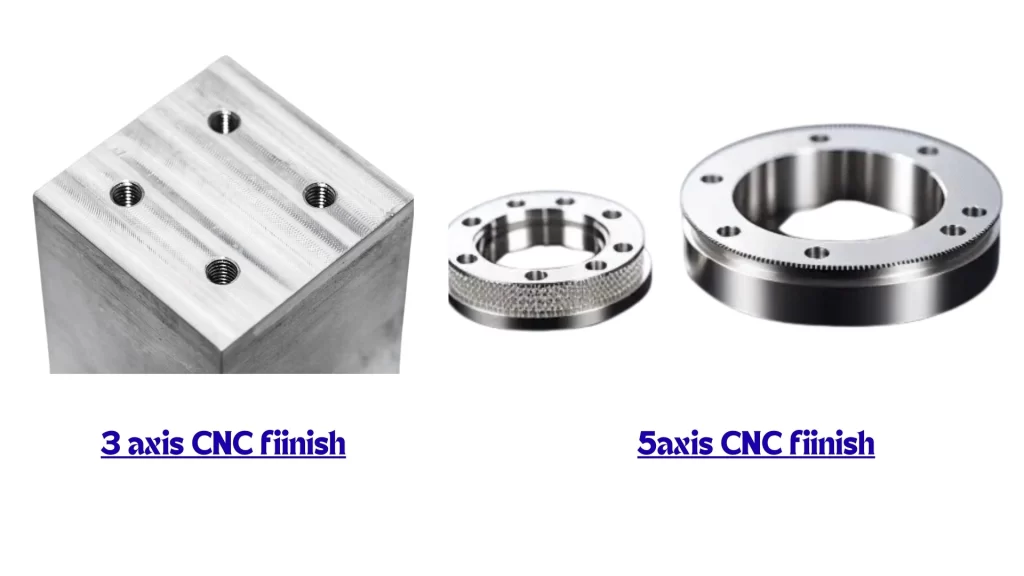
3 vs 5 axis CNC finish
The as-machined surface finish of manufactured items made in 3-axis machining may include tool marks and burrs, whereas 5-axis machines leave a smoother surface. The typical range of surface roughness value (Ra) is 0.8 to 3.2 µm for the 3-axis and 0.4 to 1.8 µm for the 5-axis machining.
Customization and Design Freedom
3-axis machining has limited design freedom due to lower axes movement and fixed tool orientation. For complex features, multiple setups are required, which increases the cycle time. On the other hand, 5-axis CNC offers far greater flexibility and customization. It allows for intricate shapes, curved surfaces, and multi-face features in a single setup.
Applications
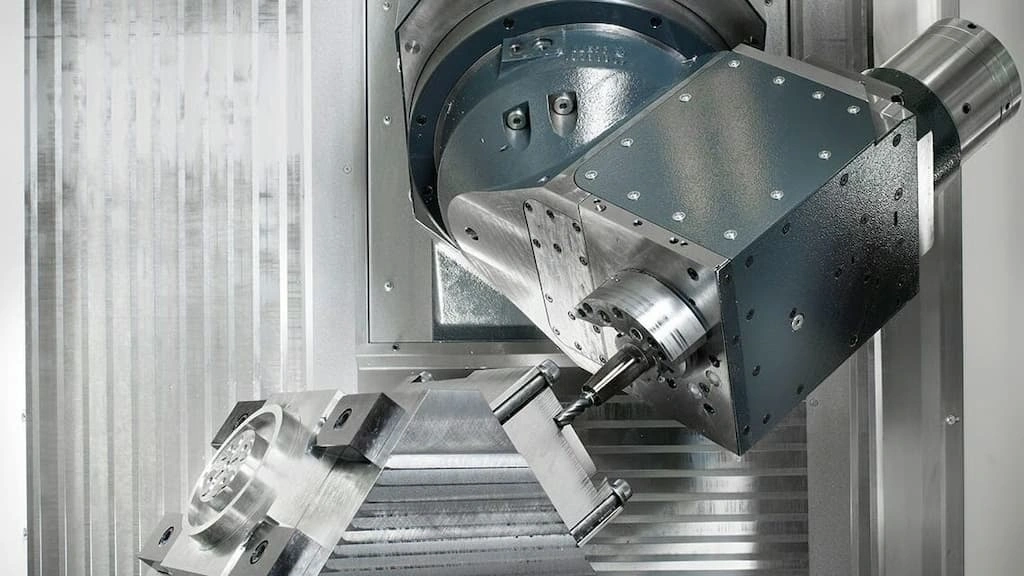
5 axis CNC application
3-axis CNC machines are used for simple and general manufacturing, such as automotive parts, sheet metal parts, drilling, flat surface milling, brackets, and moderately contoured surfaces. On the other hand, 5-axis machines are used for more complex parts requiring tight accuracy, like medical implants, turbine blades, dies & molds, and aircraft components.
(Do you want to read more about applications of manufacturing processes? Click sheet metal vs machined parts here.)
Try Prolean Now!
What is the Difference Between 3-axis and 5-axis Milling?
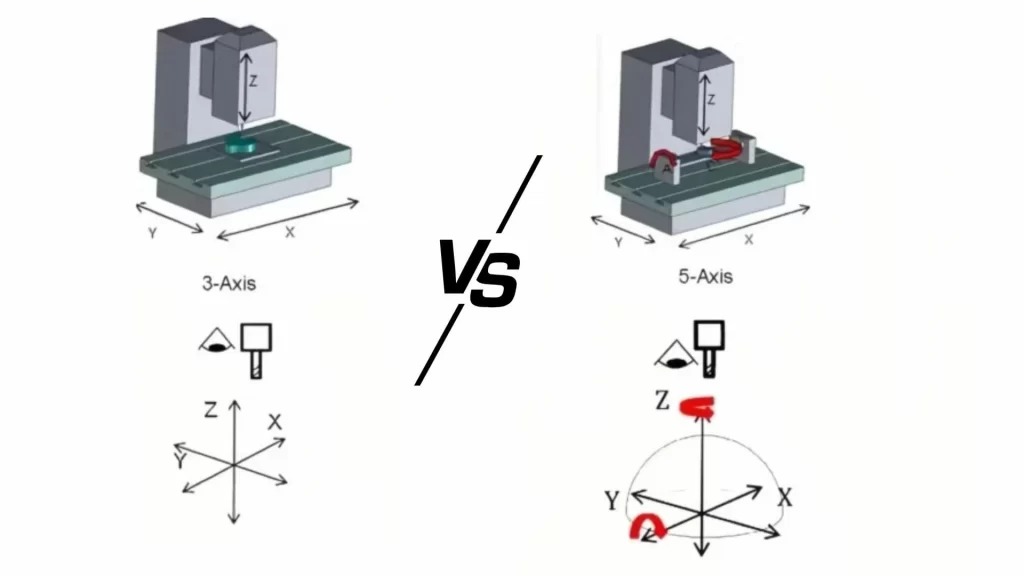
3 axis vs 5 axis milling
First, Milling is a type of machining process that involves a rotating tool and a stationary workpiece. Milling machines or machining centres are used for this. In 3-axis milling, the tool is attached to the spindle, which can move along X, Y, and Z axes. It can perform cutting, contouring, thread Milling Vs tapping, drilling, etc.
In contrast, 5-axis milling handles complex geometries, undercuts, compound angles, and free-form surfaces. The tool can approach the workpiece from multiple angles. Consequently, the additional two axes can tilt and rotate the work simultaneously.
Read More:
Industries Benefiting from 3 and 5-axis CNC Machining
CNC machining has extensive use across the industries, from general machining purposes to precision parts for the aerospace and medical industries. 3 axis CNC machining is used for simple industrial items, whereas 5 axis machines are used for complex and precision-sensitive applications.
Industries Benefiting from 3 axis CNC Machining
Automotive Industry
3 axis machining allows for faster production of various structural and engine components in the automotive industry. For example, engine mounts, cylinder heads, transmission housings, suspension brackets, fasteners, etc.
Aerospace Industry
Although critical aircraft components are made with higher-axes CNC machines, simple parts and interiors are made with 3 axis machining. E.g., brackets, shafts, and some landing gear components.
Consumer Electronics
Consumer electronics components like housing, heat sinks, and angled-face parts are made with 3 axis machining. Additionally, both plastic and metallic materials can be used.
Tooling and Fixtures
3 axis machines can produce different tooling and fixture components at a competitive cost, such as fixture plates, simple jigs, and locating bosses.
Industries Benefiting from 5 axis CNC Machining
Medical Industry
Medical diagnostic components and implants must be highly precise to ensure accurate diagnosis and patient safety. CNC 5 axis machining can make custom implants and other medical components with a tolerance as low as ±0.005.
Aerospace Industry
5 axis machining provides tight tolerance and handles complex geometrical shapes, essential for the performance and safety of aircraft. It can be used for structural frames, turbine parts, fuseglass skin, impeller shoulders, and turbine blade profiles.
Mold and Dies
The capability of making complex internal features with fine surface finish makes 5 axis CNC one of the key methods in mold and die manufacturing. So, it is beneficial in the manufacturing of injection molds, casting dies, etc.
Multi-axis CNC Machining Solutions at ProleanTech
At ProleanTech, we have multi-axis CNC machines and a team of experts with a decade of experience in the machining industry. We can help you decide between the 3-axis and 5-axis machine, which best suits your design.
We can provide CNC machining services for simple hardware to complex automotive, aerospace, medical, and electronics components. Our team also provides design optimization for machining for better accuracy and cost reduction.
So, upload your design to leverage our extensive multi-axis machining solutions.
Conclusion
Although both of them serve the same functions in manufacturing, there are several differences between 3-axis vs 5-axis CNC machining. 3-Axis machines are ideal for simple parts that can be made with standard machining processes. On the other hand, 5-axis machines can perform specialized machining operations and create complex mechanical components with curved surfaces, deep cavities, undercuts, and custom profiles.
At the end, the choice depends on the geometrical complexity of your design, the desired precision, finish, and production volume. Therefore, identify your requirements and analyze whether 3-axis or 5-axis machining can provide a better result at a competitive cost.
FAQ
What are the disadvantages of a 5-axis CNC machine?
A 5-axis CNC machine has a higher upfront cost, requires complex programming, and 5-axis configurations can sacrifice rigidity in some cases.
What are the benefits of 5-axis machining?
5-axis machining allows for complex geometries, improves surface finish, has shorter cycle time, and can perform simultaneous contouring.
What are the limitations of 3-axis CNC?
The limitations of 3-axis CNC are restrictions on rotational movement, multiple setups required for angled parts, and limited tool access in hard-to-reach areas.

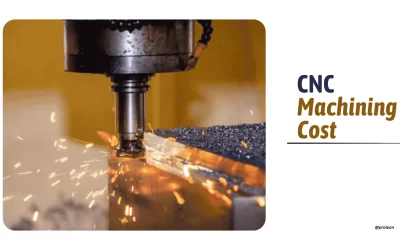
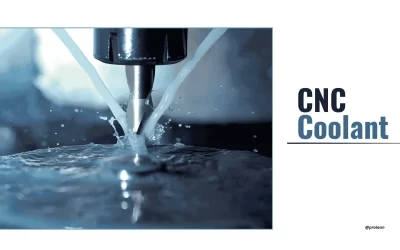
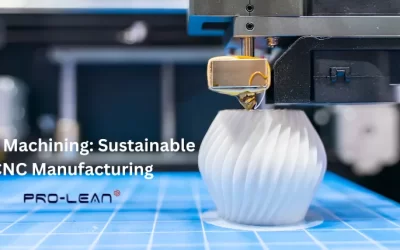
0 Comments